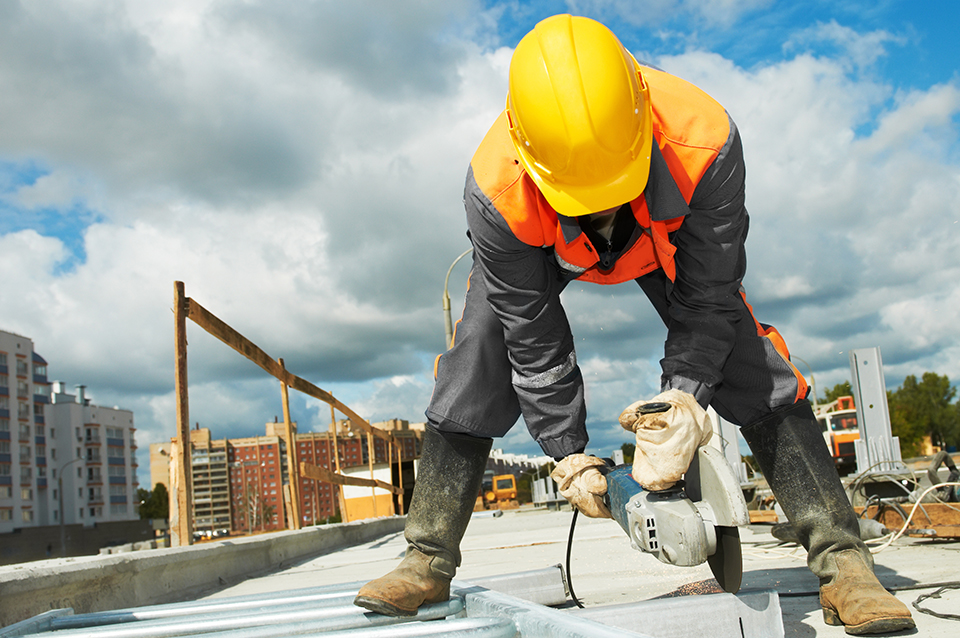When it comes to building a deck for your home, selecting the right contractor is crucial. A deck is not only a significant investment but also an extension of your living space. In San Antonio, Texas, where the outdoor culture thrives, having a sturdy and aesthetically pleasing deck is essential. Here are five tips to help you choose the best decking company.
1. Look for Experience and Expertise
Experience matters in the decking industry. Look for a company that has a proven track record in deck construction. Companies like CCD, which are quality deck contractors out in Texas are known for their expertise and years of experience. They should be able to show you a portfolio of their past projects and provide references.
2. Check Reviews and Testimonials
In today’s digital age, online reviews and testimonials are invaluable. They provide insight into the company’s reliability, quality of work, and customer service. A reputable decking company will have positive reviews and testimonials from satisfied customers.
3. Ensure They are Licensed and Insured
Always choose a company that is licensed and insured. This protects you from any liabilities in case of accidents or damages during the construction process. A legitimate decking company will have the necessary permits and insurance to operate in your area.
4. Compare Quotes and Understand the Pricing
Get quotes from multiple companies and compare them. However, don’t just focus on the price. Understand what is included in the quote, such as materials, labor, and any additional fees. Sometimes, a lower price can mean lower quality materials or workmanship.
5. Assess Their Customer Service and Communication
Good communication and customer service are signs of a professional decking company. They should be responsive, answer your questions clearly, and keep you informed throughout the project. A company that values its customers will ensure a smooth and hassle-free decking project.
Conclusion
Choosing the right decking company in San Antonio, Texas, requires thorough research and consideration. By following these tips, you can ensure that your deck will be a beautiful and durable addition to your home. …






